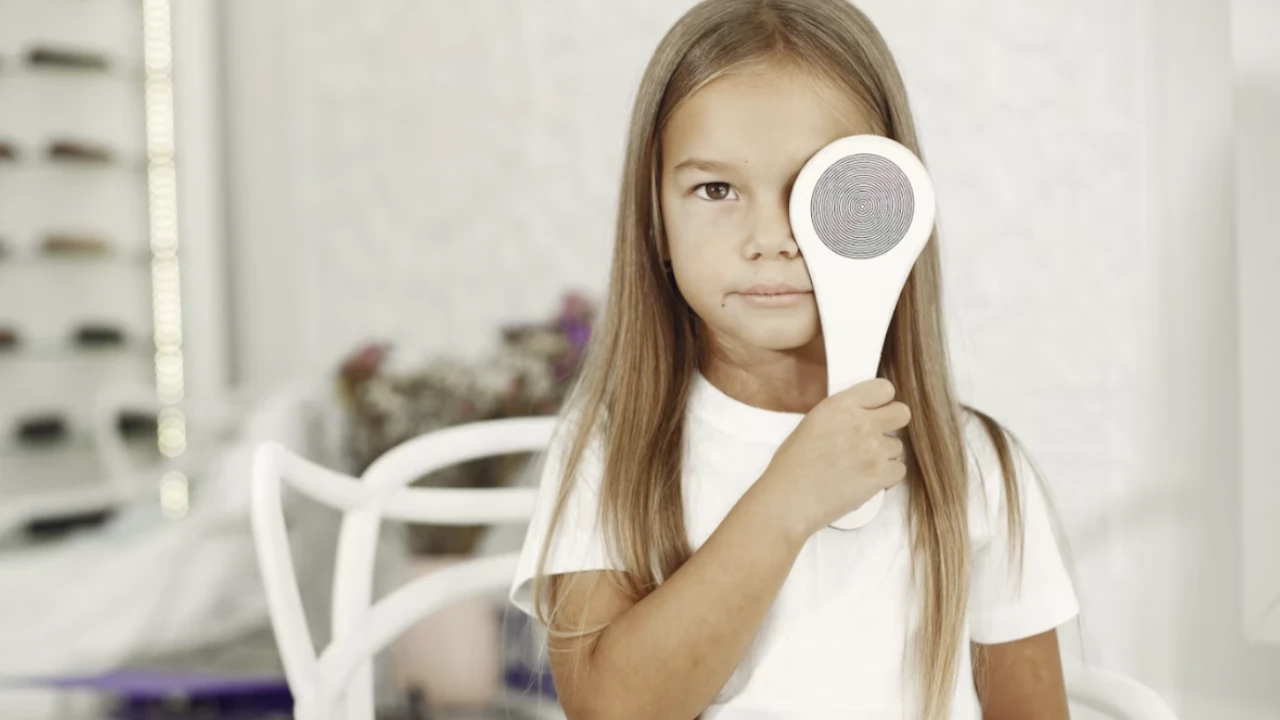
What Treatments Are Used In Myopia Management?
When eye doctors diagnose myopia (nearsightedness) in children, they often prescribe standard eyeglasses or contact lenses to improve vision. However, these traditional vision correction methods do not address the underlying progression of myopia. Our experienced doctors utilize advanced myopia management techniques to help slow down the progression of myopia in your child, reducing the risk of vision-threatening eye diseases later in life.
This page aims to provide you with a comprehensive understanding of the various myopia treatment options and their associated benefits.
What is Myopia Management?
Myopia typically starts in childhood and, if left unchecked, can progress rapidly, leading to high levels of nearsightedness by early adulthood. It is not a static condition, and each eye exam may reveal an increase in nearsightedness.
The goal of myopia management is to slow down the progression of myopia since it raises the risk of developing serious eye conditions such as glaucoma, cataracts, retinal detachment, and macular degeneration. The higher the progression of myopia, the greater the risk. Starting myopia management early, even for mild myopia, offers significant benefits.
If you are concerned about your child's deteriorating vision, please contact Child & Family Eye Care for assistance.
Ortho-K for Treatment
Orthokeratology (Ortho-K) is a proven method to significantly decrease the rate of myopia progression. It involves gently reshaping the cornea using custom-fit contact lenses worn overnight. By the next morning, the corneal elongation causing nearsightedness is greatly reduced. This temporary reshaping allows for clear vision throughout the day without the need for glasses or contact lenses.
Atropine Drops
Atropine is a medication commonly used to dilate pupils during certain eye exams. Recent research has shown that low-dose atropine eye drops, applied at bedtime over an extended period, effectively slow down the progression of myopia in children. Although atropine does not correct vision, it is often prescribed in combination with eyeglasses and used alongside other myopia management methods.
Multifocal Lenses
Multifocal contact lenses are an excellent option for correcting higher levels of myopia and are known for their comfort. They provide clear vision for both central and peripheral areas, and wearers often find them unobtrusive.
These lenses focus light correctly across all areas, improving peripheral vision. The central zone enables clear focus on distant objects, while the outer zone enhances near vision for a nearsighted individual.
How to Choose the Right Myopia Treatment
If your child has myopia, it is advisable to consider some form of myopia management. The suitability of orthokeratology or multifocal lenses depends on factors such as the child's age, maturity level, and lifestyle. Generally, children can start wearing contact lenses from the age of 8.
The level of nearsightedness is also a crucial consideration. If the degree of nearsightedness is too high, corneal reshaping may not be as effective. Consulting our doctors at Child & Family Eye Care will help determine whether ortho-k is suitable for your child's prescription.
Lifestyle plays a significant role as well. Children who enjoy outdoor activities may find glasses cumbersome or dusty environments bothersome when wearing contact lenses. In such cases, ortho-k may be a more favorable choice.
If you opt for corrective solutions like glasses or contact lenses, the use of atropine drops may complement the treatment. These drops are well-suited for young children and have minimal side effects.
Uncertain about which option to choose? Our doctors will provide personalized guidance to help you select the most suitable myopia treatment for your child.
Our practice proudly serves patients from The Woodlands, Magnolia, Shenandoah, Tomball,






